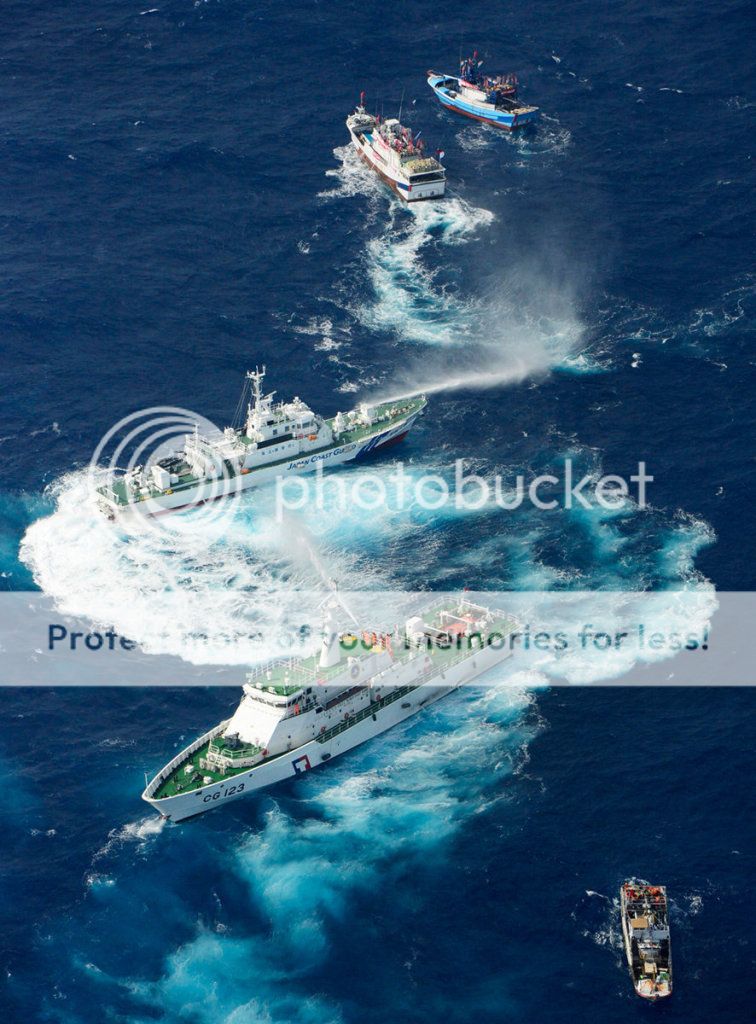BEIJING -- The car of the U.S. ambassador to China was surrounded Tuesday by a small group of demonstrators who damaged the vehicle and briefly prevented it from entering the U.S. Embassy compound in Beijing.
A YouTube video of the incident showed the protesters chanting slogans such as "down with the U.S. imperialists" and, in an apparent reference to the Chinese government's purchase of U.S. government debt, "return the money!"
The five-minute video shows a black car approaching the embassy and attempting to turn into the gate. As demonstrators surround the vehicle, several dozen Chinese police and uniformed guards rush to the scene. Several water bottles are thrown at the car and one man can be seen banging on the hood of the vehicle.
The security forces quickly surround the automobile and push the demonstrators away from it.
A State Department spokesperson said Ambassador Gary Locke's car sustained minor damage but the ambassador was unharmed. The spokesperson said U.S. officials had "registered our concern" with China's Ministry of Foreign Affairs.
[Updated, 6:21 a.m. Sept. 19: Locke told reporters that he was on his way to the Japanese Embassy when his car was surrounded by a few dozen protesters who chanted slogans and briefly blocked his vehicle. "It was all over in a few minutes, and I never felt in danger," he said.]
The U.S. Embassy is located near the Japanese Embassy, which in recent days has been targeted by thousands of Chinese protesters voicing complaints over Tokyo's move to purchase islands in the East China Sea that are also claimed by China.
In an apparent reference to that dispute and the United States' security treaty with Japan, some of the demonstrators Tuesday chanted: "The U.S. government is the mastermind." http://latimesblogs.latimes.com/world_now/2012/09/us-ambassador-to-china-surrounded-by-protesters-car-damaged.html
A YouTube video of the incident showed the protesters chanting slogans such as "down with the U.S. imperialists" and, in an apparent reference to the Chinese government's purchase of U.S. government debt, "return the money!"
The five-minute video shows a black car approaching the embassy and attempting to turn into the gate. As demonstrators surround the vehicle, several dozen Chinese police and uniformed guards rush to the scene. Several water bottles are thrown at the car and one man can be seen banging on the hood of the vehicle.
The security forces quickly surround the automobile and push the demonstrators away from it.
A State Department spokesperson said Ambassador Gary Locke's car sustained minor damage but the ambassador was unharmed. The spokesperson said U.S. officials had "registered our concern" with China's Ministry of Foreign Affairs.
[Updated, 6:21 a.m. Sept. 19: Locke told reporters that he was on his way to the Japanese Embassy when his car was surrounded by a few dozen protesters who chanted slogans and briefly blocked his vehicle. "It was all over in a few minutes, and I never felt in danger," he said.]
The U.S. Embassy is located near the Japanese Embassy, which in recent days has been targeted by thousands of Chinese protesters voicing complaints over Tokyo's move to purchase islands in the East China Sea that are also claimed by China.
In an apparent reference to that dispute and the United States' security treaty with Japan, some of the demonstrators Tuesday chanted: "The U.S. government is the mastermind." http://latimesblogs.latimes.com/world_now/2012/09/us-ambassador-to-china-surrounded-by-protesters-car-damaged.html



